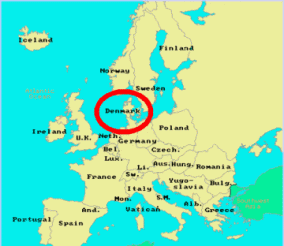
Ahh, summer. Some years it seems like everyone is on vacation except me. I usually only take a few days off here and there in the summer, preferring to do longer vacations in other parts of the year. So next weekend I’m going to take an extra day off, and so there will be no RxTrace essay published next Monday (the Labor Day holiday here in the US), and I’m going to link to one of my favorite essays from the last year this week as the summer winds down. This essay was posted on October 7, 2018 under the “A Monthly Slice of RxTrace” on the Center For Supply Chain Studies (C4SCS) website. Unfortunately I haven’t been able to keep up with the “Monthly” part of that title due to time pressures, but there is some great content out there from the last 12 months (see “A Monthly Slice of RxTrace”). Other than my diverted attention, nothing has changed so I may post more new content on the C4SCS site in the future if I can make some time.
Continue reading DSCSA Uniqueness: SNI vs SGTIN…Again

 Most regulations dictating the application of unique identifiers on drug packages also dictate specific data be encoded into a machine-readable barcode, and human readable text. The purpose of the machine-readable unique identifiers is obvious–to allow computers to read the product’s unique identifier quickly and accurately. The purpose of the human-readable unique identifier is less well-understood. Many believe it is to allow manual entry of the barcode contents when the barcode is unreadable for any reason. Others believe it is
Most regulations dictating the application of unique identifiers on drug packages also dictate specific data be encoded into a machine-readable barcode, and human readable text. The purpose of the machine-readable unique identifiers is obvious–to allow computers to read the product’s unique identifier quickly and accurately. The purpose of the human-readable unique identifier is less well-understood. Many believe it is to allow manual entry of the barcode contents when the barcode is unreadable for any reason. Others believe it is 

 The Russia Ministry of Health (MoH) is conducting a serialization and tracing pilot with a number of supply chain members between February 1, 2017 and December 31, 2017 (see “
The Russia Ministry of Health (MoH) is conducting a serialization and tracing pilot with a number of supply chain members between February 1, 2017 and December 31, 2017 (see “ The key part of Article 50 of the
The key part of Article 50 of the